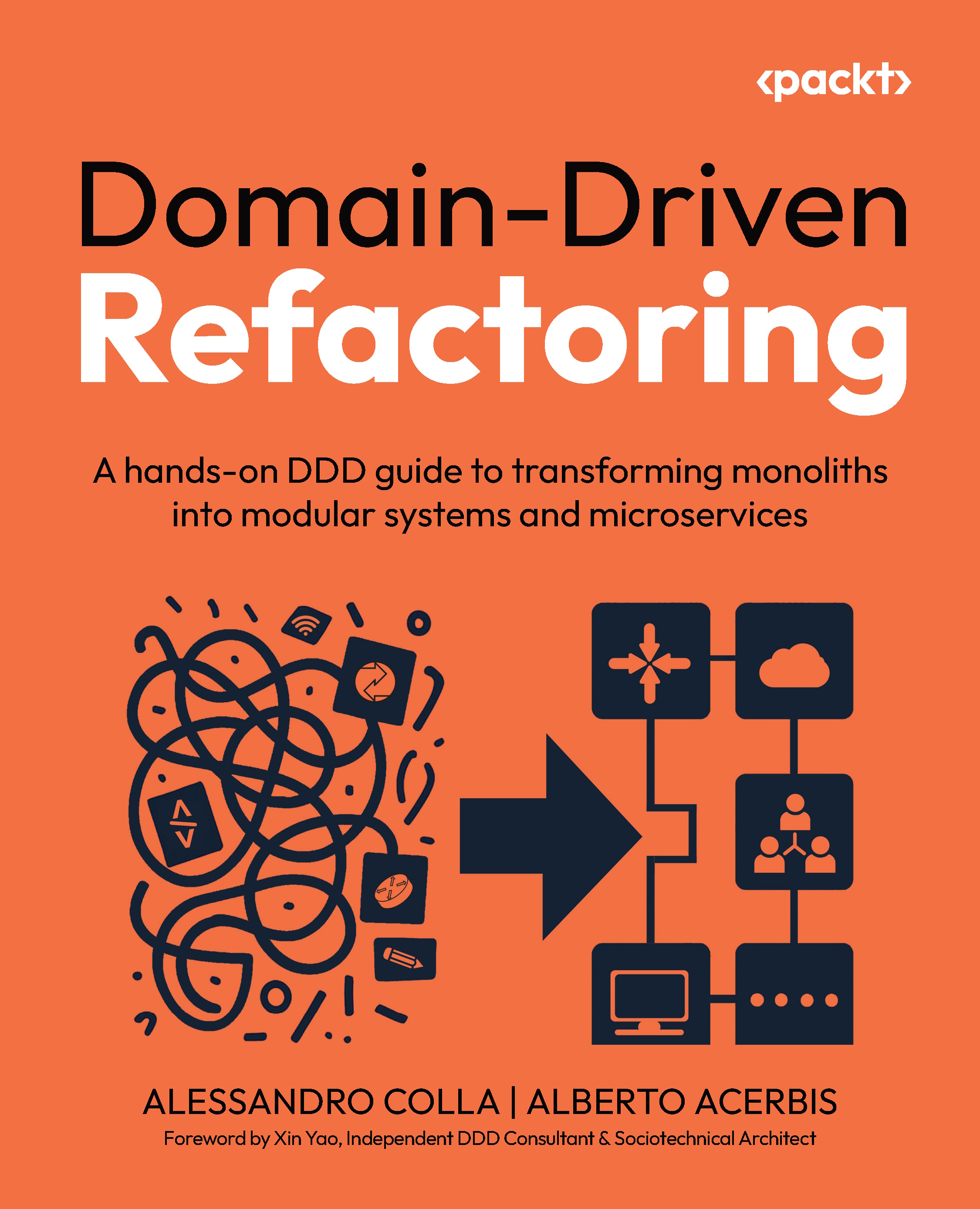Redux is an implementation of FLUX, which is a pattern for managing application state in React. Redux brings a clean and testable design to the table using a purely functional approach. Redux completes the missing piece of the React framework and is used at the core of React for most complex React projects.
This video tutorial talks about why Redux is needed and touches upon the Redux Flow.
Why Redux?
If you have written a large-scale application before, you will know that managing application state can become a pain as the app grows. Application state includes server responses, cached data, and data that has not been persisted to the server yet.
Furthermore, the User Interface (UI) state constantly increases in complexity.
Let’s take the example of an e-commerce website. Any website contains a lot of components, for instance, the product view, the menu section, the filter panel. Whenever we have such a complex app, whether it be a mobile or a web app, it becomes difficult to communicate between components and to know each other’s updated state.
For instance, when you interact with the price filter slider, the product view changes. This can obviously work if we have a parent component calling the child component and share properties. However, this works only for simple apps. For complex apps, it becomes difficult to manage the state and update history between multiple components.
Redux comes to the rescue here. In order to understand the functioning of Redux, we will go through a flow chart.

Redux Flow
Action
Whenever a state change occurs in the components, it triggers an action creator. An action creator is a function called action. Actions are plain javascript objects of information that send data from your application to your store. They are the only source of information for the store.
Unlock access to the largest independent learning library in Tech for FREE!
Get unlimited access to 7500+ expert-authored eBooks and video courses covering every tech area you can think of.
Renews at $19.99/month. Cancel anytime
Reducers
After action, returns this object, it is handled by Reducers. Reducers specify how the application’s state changes in response to actions sent to the store, depending on the action type.
Store
The store is the object that brings them together. It holds the application state, allows access to state, and allows state to be updated.
Provider
The provider distributes the data retrieved from a store to all the other components by encapsulating a main base component.
This all seems highly theoretical, and may seem a bit difficult to gulp down first. But once you practically apply it, you will get used to complex terminologies and how Redux flows.
Don’t forget to watch the video tutorial from Learning React Native Development by Mifta Sintaha to know more about Redux. For a comprehensive guide to building React Native mobile apps, buy the full video course from the Packt store.
Introduction to Redux
Creating Reusable Generic Modals in React and Redux
Minko Gechev: “Developers should learn all major front-end frameworks to go to the next level”
 United States
United States
 Great Britain
Great Britain
 India
India
 Germany
Germany
 France
France
 Canada
Canada
 Russia
Russia
 Spain
Spain
 Brazil
Brazil
 Australia
Australia
 Singapore
Singapore
 Canary Islands
Canary Islands
 Hungary
Hungary
 Ukraine
Ukraine
 Luxembourg
Luxembourg
 Estonia
Estonia
 Lithuania
Lithuania
 South Korea
South Korea
 Turkey
Turkey
 Switzerland
Switzerland
 Colombia
Colombia
 Taiwan
Taiwan
 Chile
Chile
 Norway
Norway
 Ecuador
Ecuador
 Indonesia
Indonesia
 New Zealand
New Zealand
 Cyprus
Cyprus
 Denmark
Denmark
 Finland
Finland
 Poland
Poland
 Malta
Malta
 Czechia
Czechia
 Austria
Austria
 Sweden
Sweden
 Italy
Italy
 Egypt
Egypt
 Belgium
Belgium
 Portugal
Portugal
 Slovenia
Slovenia
 Ireland
Ireland
 Romania
Romania
 Greece
Greece
 Argentina
Argentina
 Netherlands
Netherlands
 Bulgaria
Bulgaria
 Latvia
Latvia
 South Africa
South Africa
 Malaysia
Malaysia
 Japan
Japan
 Slovakia
Slovakia
 Philippines
Philippines
 Mexico
Mexico
 Thailand
Thailand











